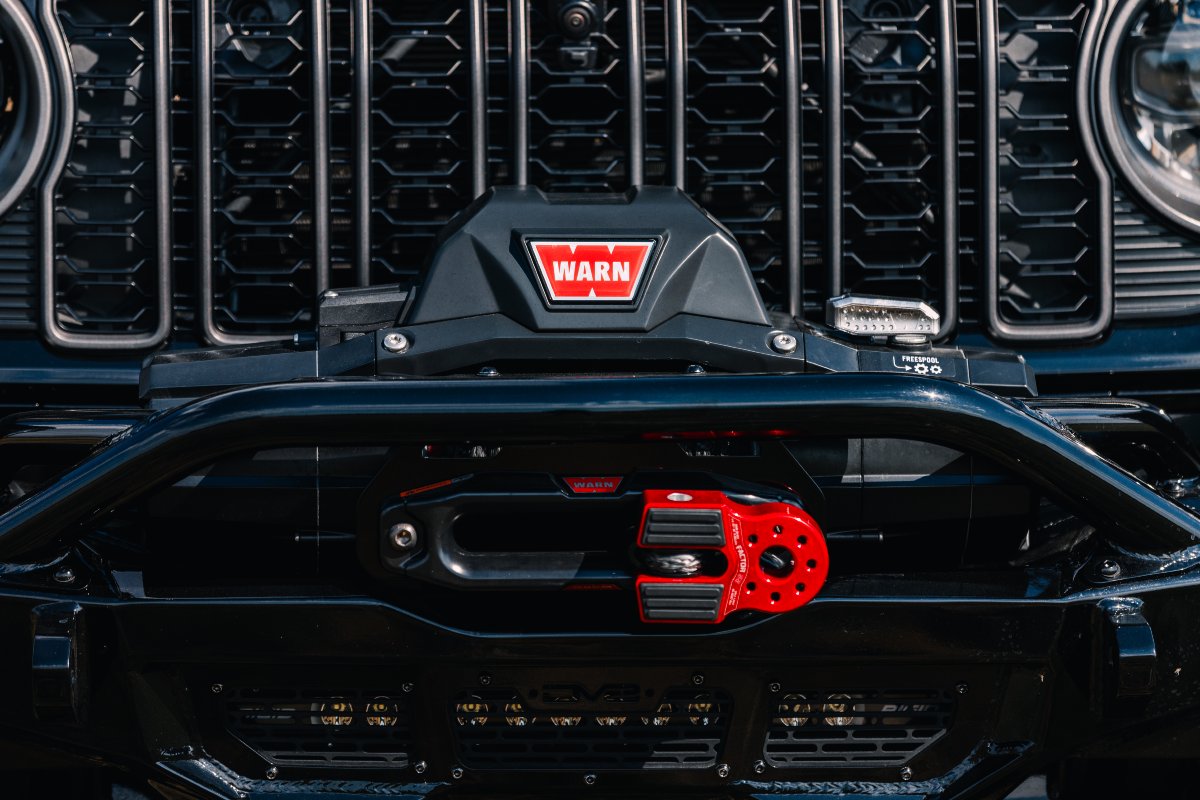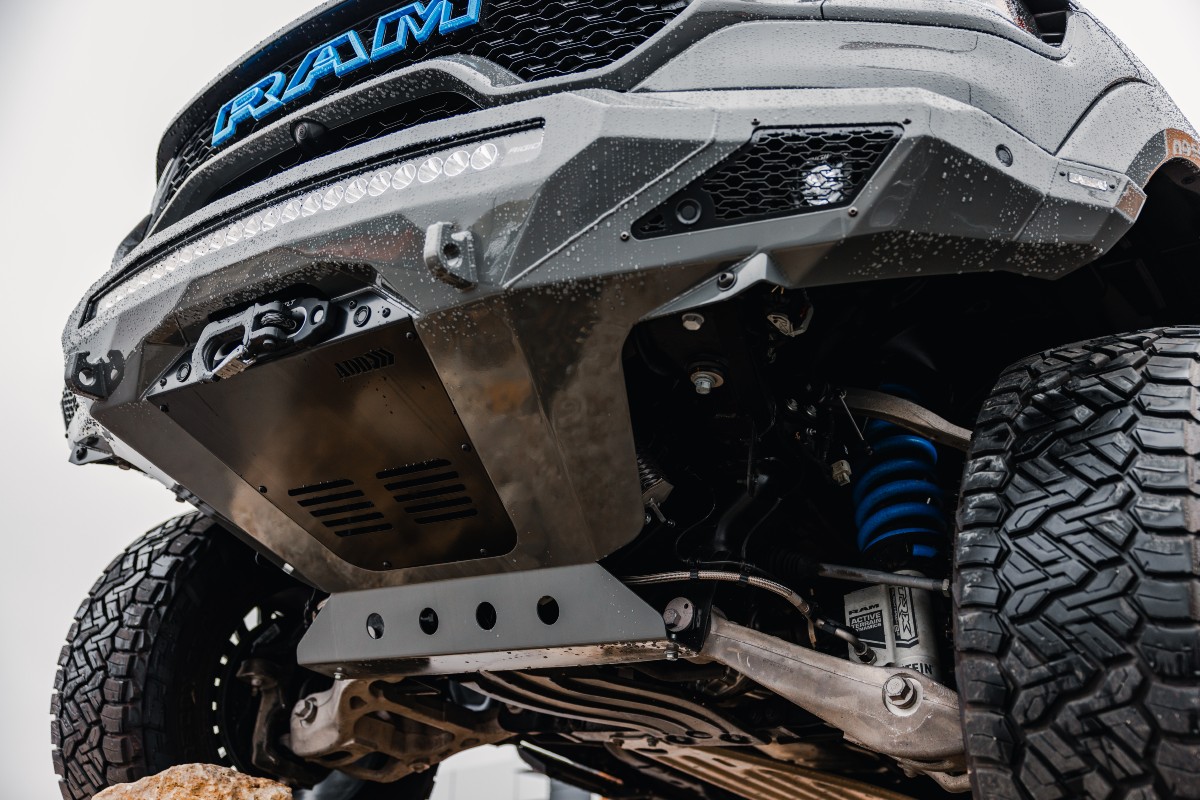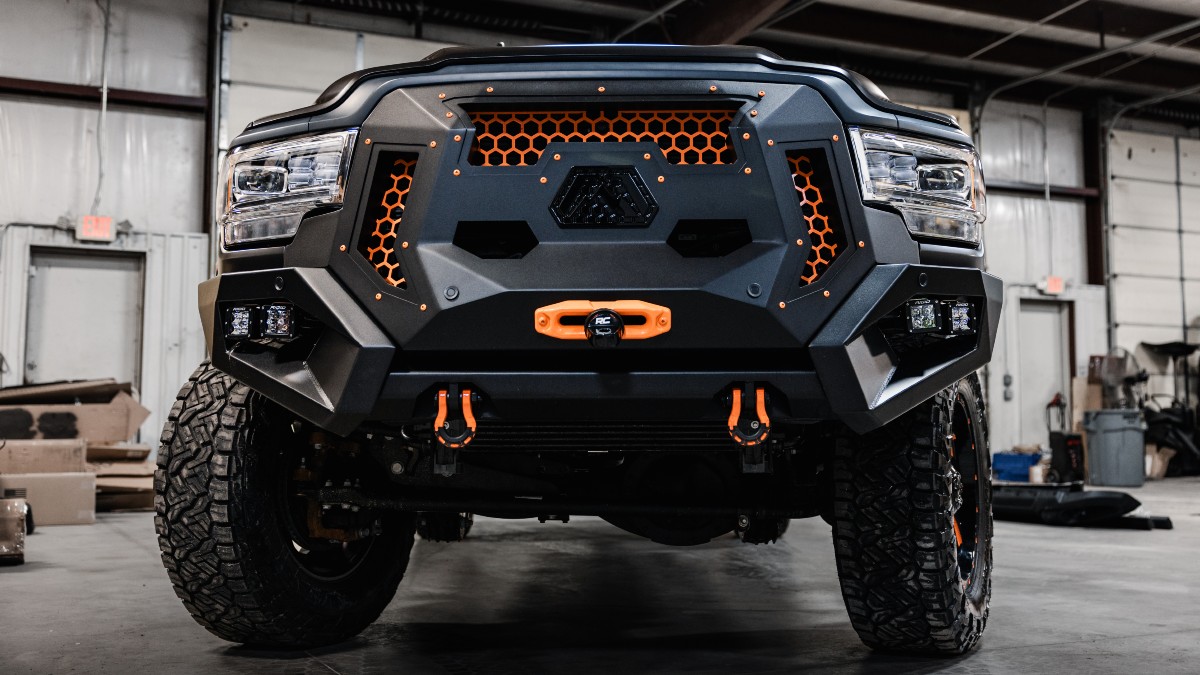While it’s not exactly a requirement when building a custom off-road vehicle, having a winch is considered by most enthusiasts to be essential and is definitely a top recommendation in the community. A winch is basically the number one piece of recovery gear, as it allows you to get yourself out of bad situations or help your fellow off-roaders if they’re the ones that get in trouble. Whether you’re crawling over rocks or weaving through the woods, it’s important that you have the right winch capacity for your build, so today we’re going to walk you through choosing the right options.

What Exactly Is Winch Capacity?
Usually mounted on the front bumper of your vehicle, a winch is a mechanical device that features a coiled up cable with a massive hook on the end. It’s meant to pull or drag objects, but when off-roading you can strap the end of your winch around a tree to help pull yourself out if you become stuck in mud or standing water or similar situations. Likewise you can use it to pull another off-road vehicle out of a similar situation, or perhaps pull a regular car out of a snowy ditch if they slide off the road during the winter.
Winch capacity is the maximum pulling force that your winch can handle, which is typically rated in pounds. A winch’s capacity determines whether or not it can safely and effectively recover your vehicle or whatever else you’re looking to pull. You want to make sure to get the right winch capacity, as having too little puts your safety and the safety of your vehicle and others around you at risk while having too much usually means you’re overpaying for capabilities that you’ll likely never use.
Start with Your Vehicle Weight
The golden rule when choosing a winch capacity is to multiply your Gross Vehicle Weight Rating (GVWR) by 1.5. The result tells you what rating you should be targeting, and you don’t want to go under that or too much over it. To give you an example, a stock 2025 Jeep Wrangler Rubicon with two doors has a GVWR of 5,800 pounds, which means you should try to get a winch with a capacity of 8,700 lbs.
Adding an extra 50% of your vehicle’s weight makes sure to account for the extra resistance that comes with mud suction or steep inclines. These kinds of increased strain makes your vehicle seem to weigh more than normal when it comes to winching, so you want to account for that extra weight. Plus it gives you some wiggle room when you need to winch something other than your vehicle.
Make sure you account for your vehicle’s total GVWR when determining your winch capacity, too. While the stock vehicle we mentioned earlier might be 5,800 lbs., it might weigh much more than that depending on the types of customizations and aftermarket upgrades you’ve made. A lift kit, bigger wheels and tires, body armor — all of these things will increase your GVWR, so don’t use the stock figure unless you haven’t made any other changes.

Other Considerations
The kinds of things that you’re going to be doing with your vehicle can further determine how much capacity your winch needs to have. If you do a lot of mud and water crossings, you might want to shoot for an even higher rating to account for all of that extra resistance. If you do a lot of overlanding, you might want to account for all of the extra gear you bring along, particularly if you haul a camper with you.
If you’re also interested in making sure recovery goes as quickly as possible, you should consider a winch with a higher line speed. While this doesn’t affect how much capacity you need, finding a winch with higher line speeds can ensure quicker recovery. Just a little extra food for thought. If you have any further questions about off-road winches or what you should be adding to your vehicle, don’t hesitate to get in touch with us right here at Glover Customs. We’d be happy to help you determine an appropriate capacity.


